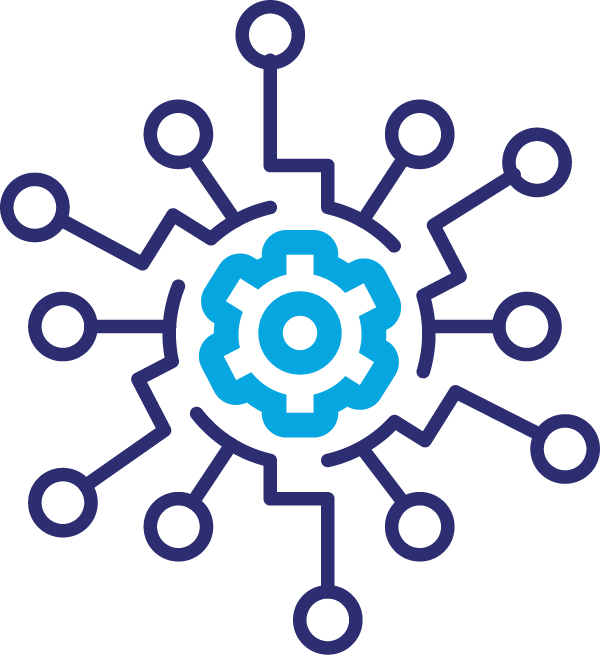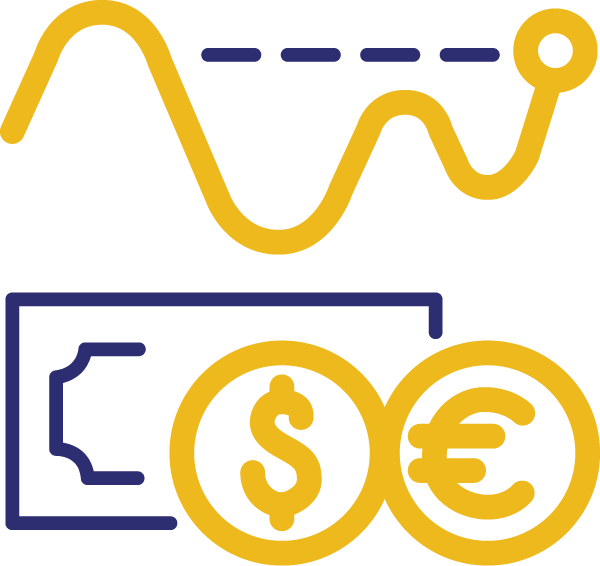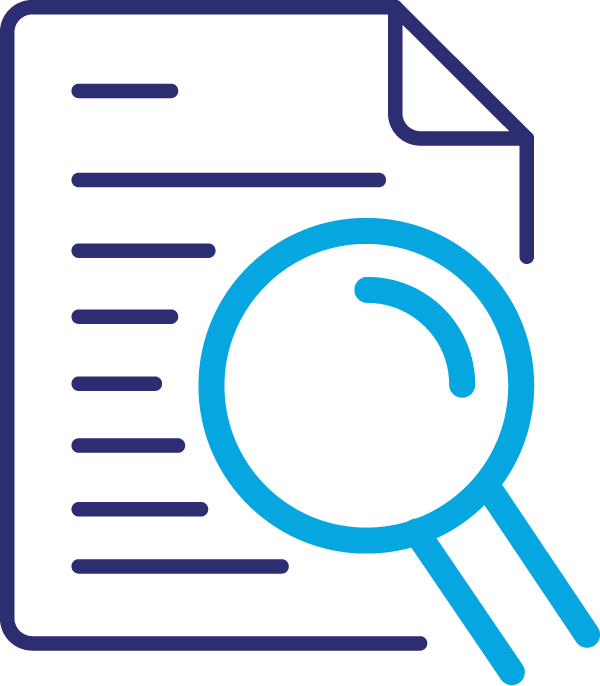The insurers who are going to make it in the price-competitive, high-churn world of P&C insurance are those who are attacking their cost reduction, operational efficiencies, and better customer service strategies from multiple angles.
And because claims are a huge source of both customer frustration and cost, it makes sense for insurers to focus a lot of their efforts in this area. It helps reduce customer churn, and reduce unnecessary processing expenses thanks to technological advancements… especially with AI.
For example, a popular P&C insurer offering auto, home, life, motorcycle, and RV policies across 15 US states recently lowered their loss adjustment expenses (LAE) and claims processing costs significantly with AI from EIS.
Why Traditional Claims Processing Costs Too Much
There’s a lot of manual work involved in traditional claims processing, from data collection to setting fraud detection parameters.
Because humans are human, manual errors and inefficiencies are inevitable, which causes frustration for both customers and agents. And, because those manual errors in data entry can be done by anyone (customer, agent, or claims adjuster), downstream processes after the initial data entry can be completely out of whack, causing a claim to stay open too long, costing the carrier more.
How ClaimPulse Changes the Claims Processing & LAE Game
The insurer mentioned above suffered from inefficiencies caused by manual claims processes and inconsistent and variable data.
By using ClaimPulseTM, the data- and workflow-driven automation layer of ClaimSmartTM, the insurer could focus on their goals of providing a better customer experience and continual improvement via clean data collection and better downstream automations.
By using the First Notice of Loss (FNOL) feature of ClaimPulse, this insurer took advantage of one of the most practical uses of AI for claims. Reflexive questioning takes claim data collected and policy coverage into account as the claimant goes through the process of filing a claim. This ensures the right information is collected, and processes that data cleanly, directly into the relevant claims process automations that happen after FNOL.
They can now gather the right data automatically, use their time more efficiently, and manage their data more reliably. The data processing and automation power of ClaimPulse enabled:
24/7 digital access: Customers can access critical services and file claims anytime and anywhere
Automated data capture: Early collection of detailed, structured loss data significantly streamlines downstream processes and helps claims close sooner
Digital documentation: Users can upload photos of necessary documents
Smart, automated claim assignment: Automated claim assignment and segmentation makes claim processing even faster and more scalable
The Impact: Faster, More Efficient Claims Processing
As a result, the insurer now has:
A faster claims process, pleasing customers and making jobs easier for claims adjusters
Access to more reliable analytics on their claims, driving smarter business decisions
More digital tools for customers to report and track claims, increasing transparency and customer satisfaction
A better claims experience for everyone
A much lower LAE than before
The Future of Claims Process Automation & Cost Savings is Here: See the Case Study
With ClaimPulse, this insurer moved from manual to automated claims processing, and reduced their LAE. This aligned with their core values to improve customer experience, and to constantly strive for continuous internal improvement as well.
Their success is a great example of how ambitious insurers are embracing AI to positively impact insurance, benefiting customers and carriers alike.
If you’d like to see their full case study, check it out here:
Or, if you’re interested in learning more about ClaimSmart and ClaimPulse, check out our product overview.
The post The Smart, Automated Way to Reduce P&C Loss Adjustment Expenses: How One Insurer Did It appeared first on EIS.




















